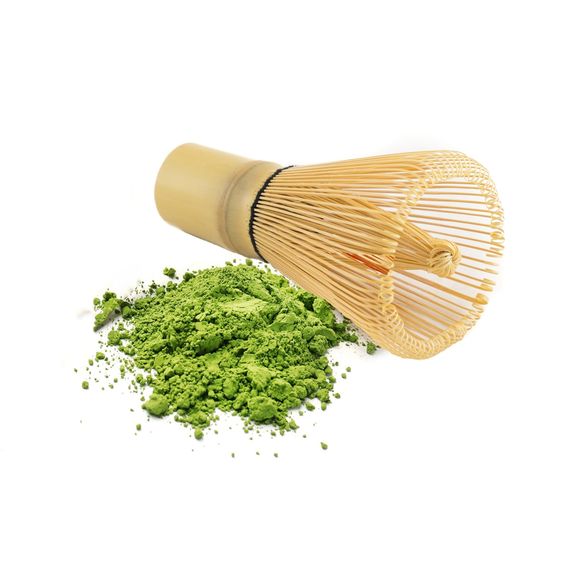- You have no items in your shopping cart
- Subtotal: රු0.00

Matcha is a fine powdered green tea that has its roots in ancient China and has become particularly associated with Japanese tea culture. Here’s a brief overview of its history:
Origins in China
- Tang Dynasty (618-907 AD): The earliest forms of powdered tea emerged during the Tang Dynasty. During this time, tea was steamed and pressed into cakes. The powdered form made it easier to prepare and transport.
- Song Dynasty (960-1279 AD): By this time, the practice of whisking powdered tea with water became popular, and tea cultivation and consumption were flourishing. It was during this period that the practice of preparing tea in the powdered form began to resemble modern matcha.
Introduction to Japan
- Introduction to Japan (9th Century): Zen Buddhist monks brought powdered tea to Japan from China. The tea was initially used to promote meditation and was ingested for its stimulant properties.
- Kamakura Period (1185-1333): The tea ceremony began to develop, and matcha started to be integrated into Japanese culture. Sado, the Japanese tea ceremony, began to take form, emphasizing mindfulness and aesthetic appreciation.
- Ashikaga Shogunate (1336-1573): During this period, matcha gained prominence among the samurai class and the ruling elite. The aesthetics of the tea ceremony were refined, and the preparation of matcha became an art form.
Development of Traditional Practices
- Muromachi Period (1336-1573): The influence of Zen Buddhism continued to shape the culture around matcha. Tea masters, such as Sen no Rikyū, played a pivotal role in establishing the standards and practices associated with the tea ceremony, emphasizing simplicity and natural beauty.
Modern Era
- Edo Period (1603-1868): Matcha continued to grow in popularity, but it began to be consumed more broadly across different social classes. Various styles of tea ceremonies emerged, alongside the popularization of other types of green tea.
- 20th Century and Beyond: In the 20th century, matcha started to gain international recognition, particularly with the rise of interest in Japanese culture. Nutritional studies highlighting its health benefits, along with the wellness movement, contributed to its popularity in the West.
Today, matcha is celebrated not only for its ceremonial significance in Japan but also for its versatility in various culinary applications, including lattes, desserts, and smoothies. Its global popularity continues to rise, appreciated for both its unique flavor and numerous health benefits.


